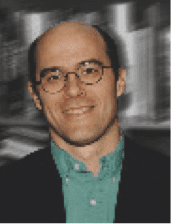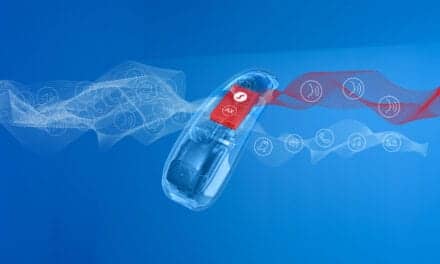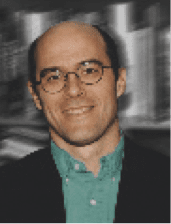By Karl Strom, Editor-in-Chief
You mean that was it? This is our last issue of 2012? Once again, time has passed so quickly that it feels like it was only yesterday when I’d finalized HR’s 2012 editorial calendar.
The end of the year always prompts editors to try to tie things up in a neat tidy bow and present a succinct summary of events and what they mean—a task doomed to failure (I know this because I’ve tried it enough times). Inevitably, we turn to lists, which, admittedly, don’t tell anything close to the entire 
story but do serve as useful landmarks. The following is a list of the dozen top news articles (by page views on www.hearingreview.com), in sequential order. (You can read all of these articles by accessing our digital or online editions; for a list of our top feature articles in 2012, please visit our Web site and search/click on “Top Articles in 2012: Editor’s Picks.”)
- Nation’s Largest Hearing Advocacy Group Takes Wait-and-See Position on UH/hi HealthInnovations, January 2012 HR Online News, p 8
- Video: Lantos Technologies to Debut Its 3-D Fitting Scanner at AAA 2012, February 2 HR Online News
- First National Guideline for Sudden Hearing Loss Is Now Available, March 20 HR Online News
- United Health/hi HealthInnovations Pulls Online Test, April 9 HR Online News
- “Audiologist” Named Again in the Top 10 Best Jobs List for 2012, April 16 HR Online News
- Location Discovered of Genes that May Be Responsible for Age-related High-frequency Hearing Loss, May 1 HR Online News
- FDA Letter Says hi HealthInnovations Online Test Needs 510(k) Clearance, May HR News
- Apple May Integrate Next iPhone with Hearing Aids, August 2 HR Online News
- AAA, ADA, and ASHA Issue Joint Statement to Hearing Care Professionals, August 21 HR Insider
- The PSAP Problem: ASHA, ADA, and IHS File Joint Letter with FDA, September 7 HR Online News
- Apple Confirms “Made for iPhone” Hearing Aid Compatibility, September 19 HR Online News
- HR Blog: Wall Street Journal Further Blurs Line Between Hearing Aids and PSAPs, September 11, 2012
Apart from breakthroughs like 3D ear canal scanning and Apple-compatible hearing aids, the majority of HR’s top news stories in 2012 related—in some way, shape, or form—to the potential disruption of the traditional/professional dispensing channels, with particular emphasis on United Health’s entry into the market, personal sound amplification products (PSAPs), and Internet/OTC devices. HR has published two interviews with United Health/hi HealthInnovations’ executives (October 2011 and May 2012 HR), as well as a key article by Dianne Van Tassell, PhD, in January 2012 about the company’s methods for hearing assessment and gain prescription in its clinic and at-home tests, respectively. Jerry Northern, PhD, took on the issue of PSAPs and OTC devices in his special feature article, “The Secret Is Service,” in the May 2012 HR. Likewise, Dr Northern addressed the great promise of tele-audiology in our October edition. HR expects to publish in the first quarter of 2013 an article by Jerry Yanz, PhD, and Robert Margolis, PhD, that addresses some of these important topics, as well.
Although we tend to look at factors such as reimbursement, the Internet, big-box retailers, technology, etc, as the driving forces of change in our industry, I think we do so at our own peril. The driving force for change is—now and forever—the consumer. We can and should entreat our industry’s organizations and various government agencies to take action to ensure that the playing field is always level and safe. But, ultimately, the distribution of hearing healthcare products will be won by those who provide the greatest value (defined as the price of the products/services per percent reduction in hearing handicap) to the average consumer. In this respect, the future of our current hearing healthcare delivery model is bright—even as the news suggests that we need to improve, pull together, and find new ways to excel at serving the estimated 16 to 24 million people in the United States who need hearing aids and related products and services.
The staff of HR thanks all of our readers, contributors, and advertisers for their terrific support during 2012, and we wish you the very best in the Holiday Season and new year.





